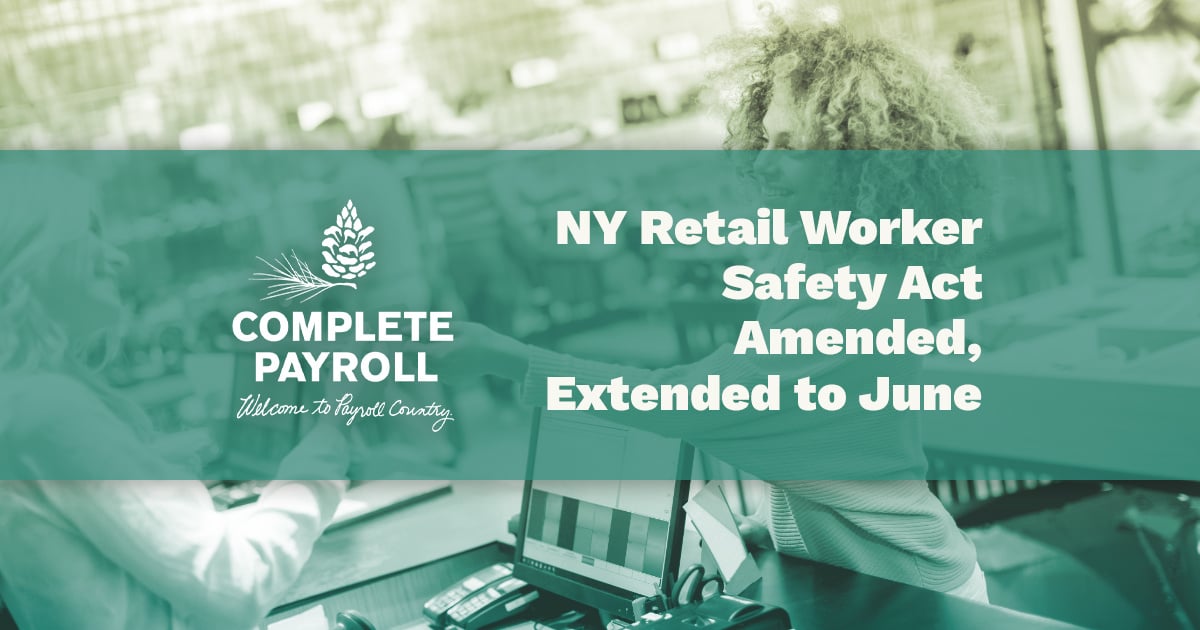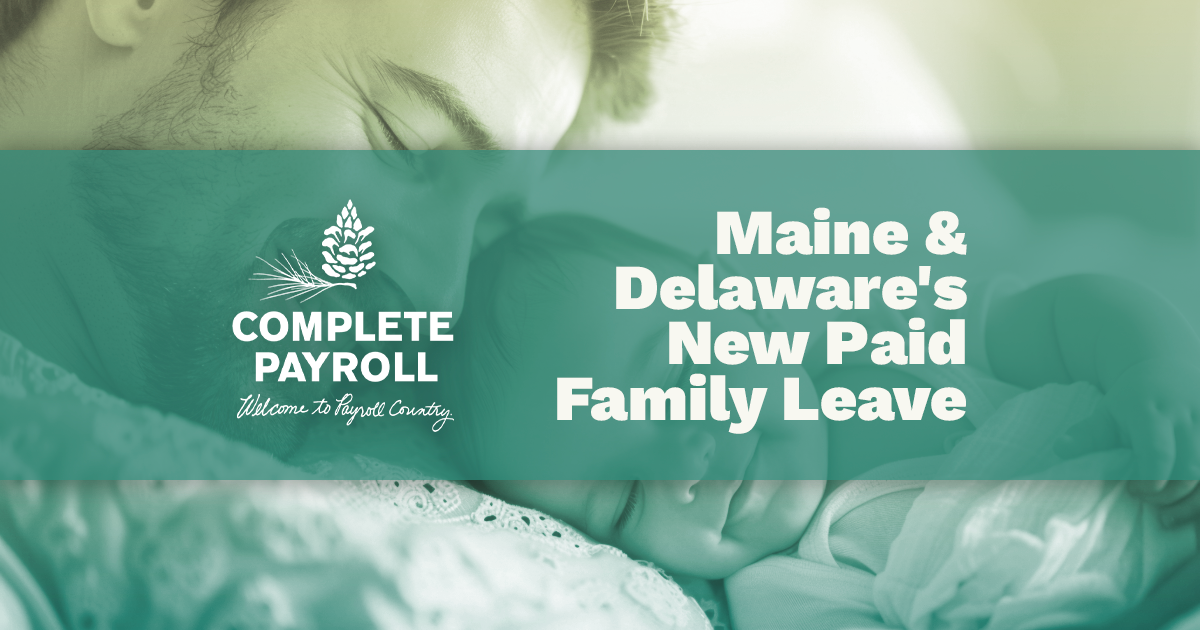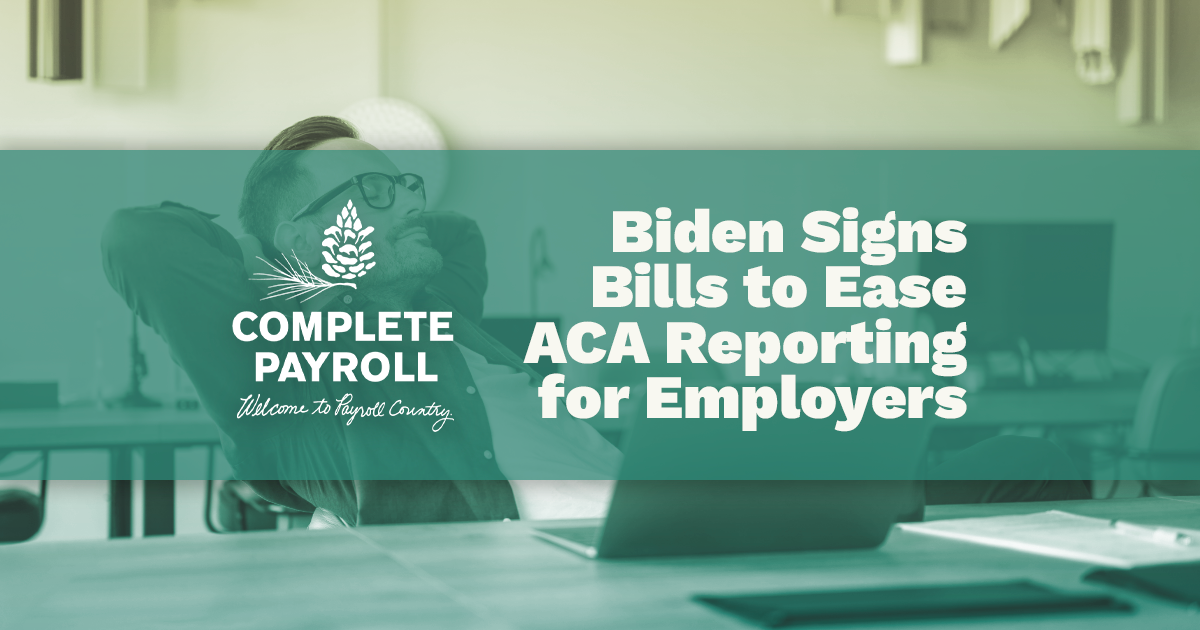Understanding the SECURE 2.0 Act and What it Means for Your Business

Written by Complete Payroll
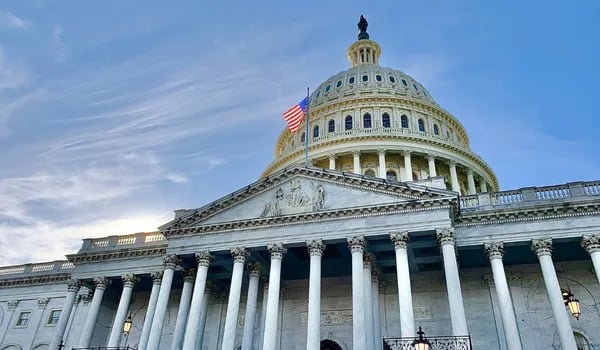
The SECURE 2.0 Act of 2022, which stands for Setting Every Community Up for Retirement Enhancement, is part of the Consolidated Appropriations Act (CAA) and was signed into law by President Biden in December of 2022. It extends the scope of the SECURE Act from 2019 to improve retirement-savings opportunities and includes 92 new provisions intended to encourage people to save more for retirement, improve existing rules related to retirement, and reduce employer costs associated with setting up a plan. Some provisions have already gone into effect, while others will be implemented over time until 2025 or later. Some examples include automatic 401(k) enrollment and an increase in the age limit for required minimum distributions (RMDs) withdrawal.
Here is a list of some key provisions of the SECURE 2.0 Act:
Automatic enrollment is required in most new 401(k) and 403(b) retirement plans starting January 1, 2025.
This means that participants will be automatically enrolled with a minimum salary deferral percentage of 3% and a maximum of 10%. The deferral percentage will increase by 1% each year until it reaches 10% or the plan sponsor raises it to a maximum of 15%. Exemptions apply to small businesses with ten or fewer employees, new businesses less than three years old, and church and government plans. Current 401(k) and 403(b) plans are grandfathered and are not subject to this requirement. An employee can opt out of the automatic enrollment if desired.
RMD age increases to age 72.
The act has increased the age for RMDs from 70.5 to 72, giving individuals an extra 1.5 years to let their retirement savings grow without having to withdraw a minimum amount. This change has been welcomed by many retirement savers, who see the increased age as an opportunity to let their funds accumulate for a longer period of time before being subject to mandatory distributions. Additionally, the act's provision provides more flexibility for retirees who are still working and do not need to rely on their retirement savings as a source of income.
Increased catch-up contributions.
The SECURE 2.0 Act has provisions to increase catch-up contributions for individuals 50 years and older. This means that individuals in this age bracket can make additional contributions to their retirement plans above the normal contribution limits. The increased catch-up contributions will help these individuals boost their retirement savings and provide them with the opportunity to maximize their retirement savings.
Employers can offer matching contributions to their employees who are paying off student loans.
The contributions made by the employer will be treated as employer contributions to a qualified retirement plan and will not be taxed as income to the employee. This provision is intended to help employees who are struggling with student loan debt to better plan for their retirement while they are paying off their loans.
Certain employer-sponsored retirement plans are required to offer an emergency savings option.
This provision allows employees to easily set aside funds for unexpected expenses. The contributions made to this account are separate from the traditional retirement savings and can be withdrawn without penalty in the event of a financial emergency, helping address the financial insecurity faced by many Americans and encouraging individuals to build a safety net for themselves and their families.
Starting from December 31, 2023, individuals may access up to $1,000 from their tax-advantaged retirement accounts once annually for emergency situations without incurring a tax penalty. The amount withdrawn must be repaid within three years, and further withdrawal can only occur once three years have passed unless the first withdrawal is reimbursed. In addition, employers can provide a retirement plan-affiliated emergency savings account to non-highly compensated workers starting from plan years after December 31, 2023, with a maximum balance of $2,500 and allowing four penalty-free withdrawals annually.
Long-term part-time employees gain retirement coverage.
The SECURE 2.0 Act addresses the issue of limited retirement coverage for long-term part-time employees by requiring employers to include these workers in their employer-sponsored retirement plans. This provision applies to employers maintaining a 401(k) plan and requires them to offer the same level of retirement benefits to part-time employees who have worked at least 1,000 hours during a given year or two consecutive years of 500 hours each. These employees may also make catch-up contributions to their retirement accounts, similar to full-time employees, closing the gap in retirement coverage between full-time and part-time workers.
The dollar limit for small balance cashouts has been increased from $5,000 to $7,000 for plans with automatic cash-out provisions.
This change allows plan participants with small account balances to retain their savings in a retirement plan rather than cashing out, which can result in a significant loss of long-term savings due to taxes and penalties. The increased limit encourages plan participants to maintain their retirement savings.
Employers can provide small, tax-free incentives to encourage participation in retirement plans.
This change allows employers to provide small incentives such as gift cards to their employees, particularly those who may be less likely to participate in a retirement plan due to a lack of available funds.
The Plan Compliance Resolution System (PCRS) was introduced.
The PCRS helps employers resolve compliance issues with their retirement plans and provides a streamlined process for resolving technical violations, such as missing signature pages or incorrect dates on plan documents, without incurring the risk of costly fines. The PCRS also offers employers the opportunity to correct operational failures by developing a corrective action plan. This new system should help employers maintain the qualified status of their plans, protect employee benefits, and promote retirement security for all participants.
Amending plans is simpler.
The act provides a simplified and streamlined amendment process for sponsors of pension and retirement plans, reducing the administrative burden and the likelihood of plan violations. Additionally, the act allows for retroactive plan amendments to be made within a certain timeframe, providing employers with more flexibility to make changes to their plans and ensure compliance with the law.
The SECURE 2.0 Act is complex and may seem confusing at first, but Complete Payroll is here to help with valuable resources to help you sort through HR and payroll issues. Reach out to us if your business needs HR or payroll support!









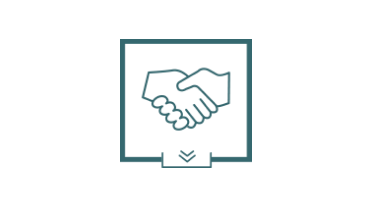






 Get Instant Blog Notifications
Get Instant Blog Notifications
